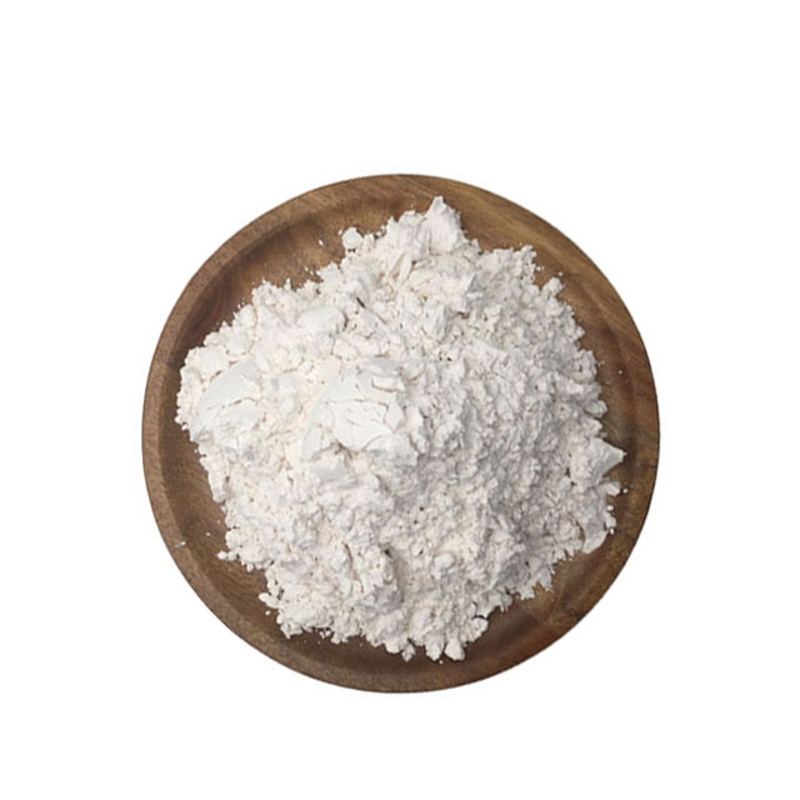Nat BME: Classification of T-cell activation through autologous fluorescence imaging.
-
Last Update: 2020-07-30
-
Source: Internet
-
Author: User
Search more information of high quality chemicals, good prices and reliable suppliers, visit
www.echemi.com
The two main subtypes of the !-----T cells are CD3 plus, CD8 plus.they are involved in cytotoxicity and release toxic cytokines; CD3 plus CD4 plus T cells can be further divided into other subtypes with different pro-inflammatory and anti-inflammatory functions.T cells are promising targets for immunotherapy.immunotherapy that directly increases the toxic activity of T-cell cells and is currently used in cancer treatment.need to use new, non-destructive and unlabeled tools to fully characterize T cells to evaluate immunotherapy.currently, T-cell subtypes and functions depend on the expression of surface proteins (e.g. CD3, CD4, CD8 and CD45RA) and the production of cytokines.autofluorosis imaging is a powerful way to analyze the behavior of immune cells because it is non-destructive, dependent on endogenous contrast, and provides high temporal resolution., spontaneous fluorescence imaging overcomes the one-time use limitations of the label-based method, is not affected by mixed marker-related factors such as sample concentration and marker dependence changes, and is able to measure dynamically live T cells.autofluorosis imaging can also provide functional information about limited blood volumes, such as newborns, which are not sufficient for routine evaluation and contribute to quality control of the same cells injected into the patient for cell immunotherapy.method: To be separated from 6 healthy blood, to ensure that autologous fluorescence imaging and classification models extend to a mixture of static and activated T cells, a subset of static and activated T cells from a donor (culture dating with activated antibodies for 48 hours) is combined and used to display activation from the specific fluorescent life pattern of the quadretic antibodies for surface ligands CD2, CD3 and CD28.logistic regression model and random forest model classify T cells according to the active state.Results: Spontaneous fluorescence life imaging of T cells, combined with machine learning, is an accurate tool for non-destructive non-label evaluation of the activation state of T cells.NAD(P) H and FAD spontaneous fluorescence life imaging provides high spatial, time, and functional information about cell metabolism, making it a powerful tool for evaluating T cells.autologous fluorescence life imaging can be used in preclinical models to characterize in vivo T cells in clinical applications, including small blood samples that limit antibody markers or cultured T cells.original link: Walsh, A.J., Mueller, K.P., Tweed, K. et al. Classification of The Class of T-cell via activation autofluoresc lifetime imaging. Nat Biomed Eng (2020). MedSci Original Source: MedSci Original !-- Content Presentation Ends - !-- Determine Stocing End s--
This article is an English version of an article which is originally in the Chinese language on echemi.com and is provided for information purposes only.
This website makes no representation or warranty of any kind, either expressed or implied, as to the accuracy, completeness ownership or reliability of
the article or any translations thereof. If you have any concerns or complaints relating to the article, please send an email, providing a detailed
description of the concern or complaint, to
service@echemi.com. A staff member will contact you within 5 working days. Once verified, infringing content
will be removed immediately.







